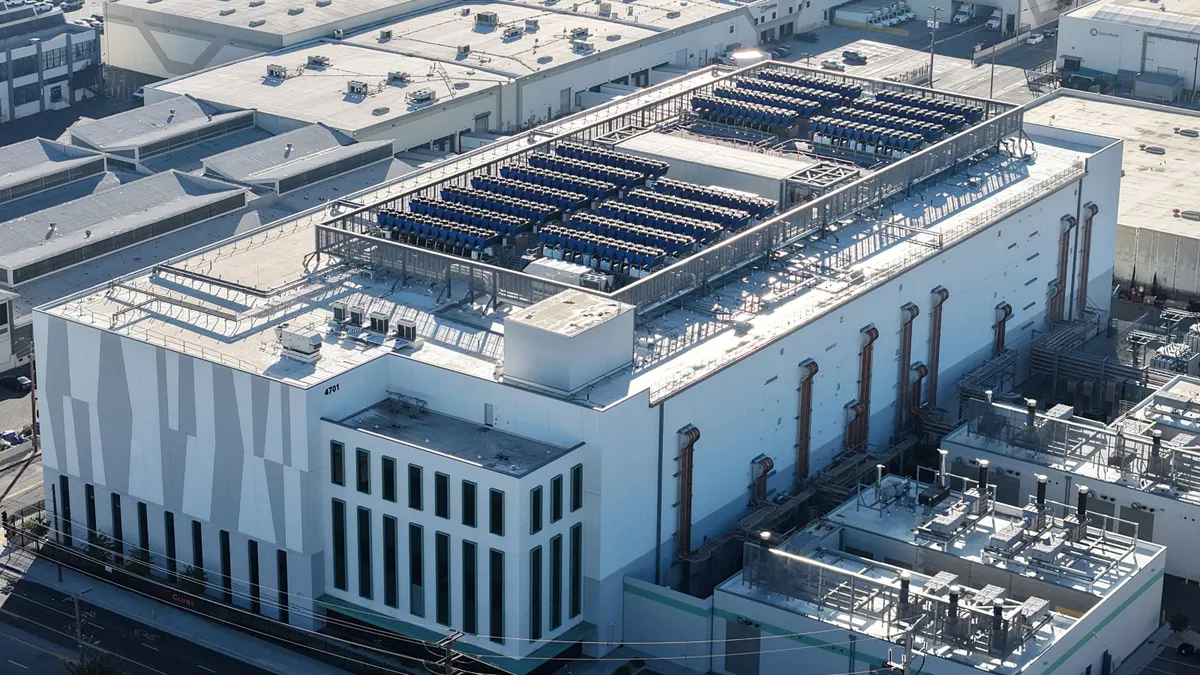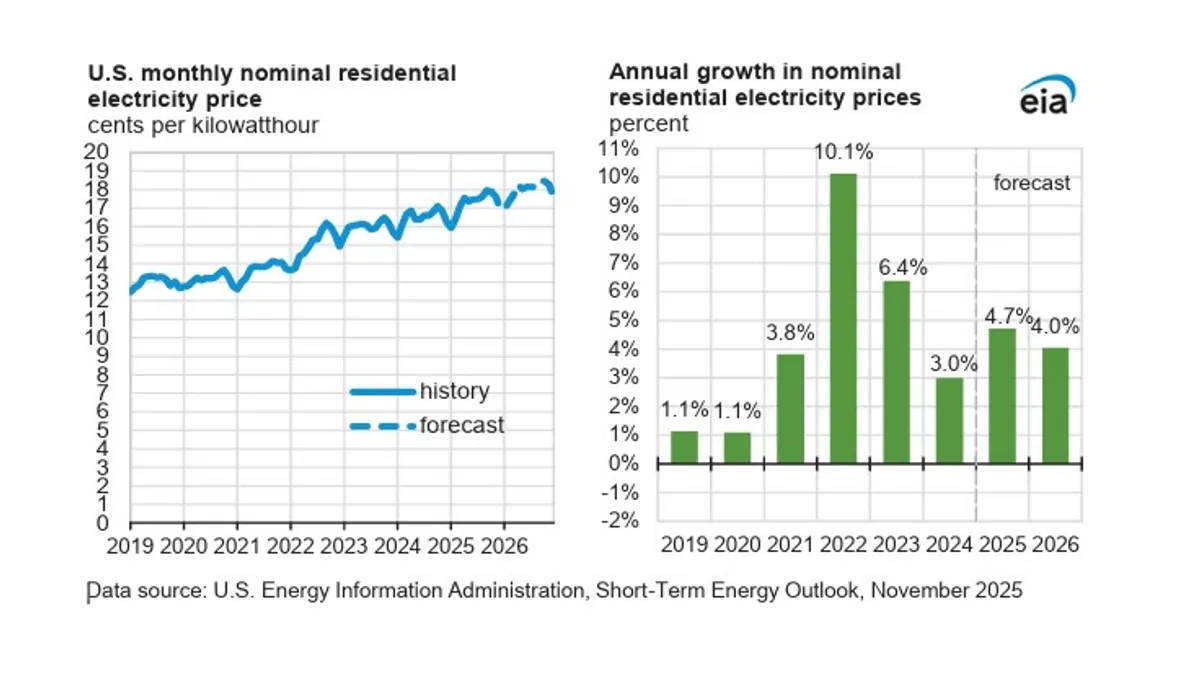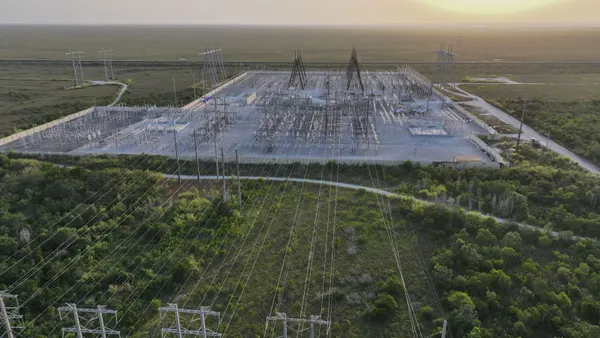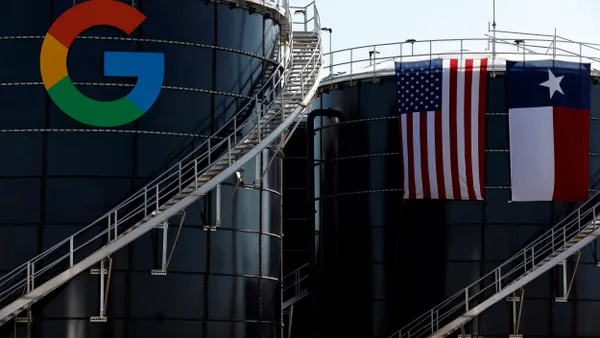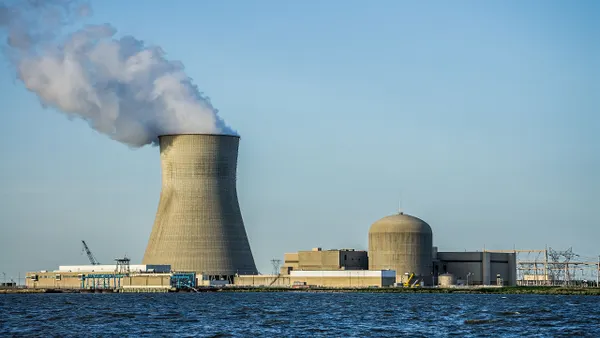Digital transformation is more than a buzzword - it's a strategic approach for improving a company's processes, business offering, and culture, and ensuring market dominance. Virtually every sector from banking to insurance to shipping has adopted a digital transformation strategy.
Financial institutions have undergone a dramatic shift. Banks have moved away from in-person services and ATMs towards online banking and digital wallets. P2P payments and tap-and-pay apps have become part of everyday life. Sophisticated cybersecurity and fraud prevention technologies are empowering banks to increase network security and reduce risk.
Insurance companies are applying AI to tailor policies for individuals who don’t fit typical insurance coverage criteria. Advanced analytics allows them to create benefits programs to reward consumers who maintain health and wellness and safe driving records.
Shipping companies and last mile delivery services have been on the leading edge of transforming data collection and notifications. These companies provide near real-time notification of the successful delivery of packages, often including a photograph as proof of delivery.
The use of technology by the existing workforce proves the concept that high fidelity data can be collected in the field in real time. Yet despite the rise of digital transformation, the construction industry - in particular, utility infrastructure construction - lags behind.
Why utilities lag behind technology adoption
There doesn’t seem to be a lack of interest in utility leaders adopting new technologies. In fact, according to Deloitte's Global Industry 4.0 Survey, 95% of energy leaders believe that digital transformation must be a top priority. At the same time, slow processes, a retiring workforce, and aging infrastructures make digital transformation a challenge to implement.
Paper-based workflows slow processes
Utility construction workflows commonly include manual methods, such as recording as-built data with pen and paper, and making phone calls to and from the field and back office to confirm design changes. This can cause inaccuracies and incomplete or inconsistent data, which can lead to huge backlogs, higher costs, and safety concerns.
As this manual process is deeply ingrained in the daily activities of utility workers, any deviation from these norms requires fundamental change management efforts, which can cost time and additional resources.
The existing workforce is retiring
As the current construction workforce retires - taking decades of knowledge with them - utilities must attract the next generation of labor. Younger workers have typically grown up in a digital environment surrounded by technology. The expectation for these tech savvy workers to use manual data collection methods will be met with a quizzical look and a demand for automated, digital alternatives. This will further diminish interest in a utility industry career.
Future energy needs require advanced technologies now
In an effort to modernize aging infrastructures, energy leaders are preparing their networks to support Distributed Energy Resources (DERs) and Advanced Distribution Management Systems (ADMS) applications. These sophisticated systems require high fidelity data. They can’t be supported by existing solutions which often contain poor data quality, are inefficient and lack the redementry data requirements of existing utility systems.
According to a McKinsey Global Institute Report, these types of productivity issues cost the world's economies over $1.6 trillion annually.
How digital transformation solves these challenges
Digital transformation can equip utility leaders with the advanced tools they need to meet these challenges.
Consider scalability. Existing manual processes are incapable of capturing the volume of data needed for large scale construction projects to build robust transmission and distribution systems. A digital platform will support large-scale efforts and offer a comprehensive solution with high accuracy data collection, digital as-builting, real-time field visibility, and fast updates into the system of record. This type of digital solution expedites construction workflows and accelerates close-outs.
Field crews can be equipped with a user-friendly, digital platform that focuses on simplifying field work. It should be easy to use without the need for highly trained specialists and include preconfigured business rules, automated reconciliation and real-time alerts. Younger employees who are comfortable with technology are more likely to enter the construction industry when provided with a digital solution.
Modern utilities can incorporate DERs, OMS, and ADMS, but only with high fidelity data to support them. The data which feeds these systems must be accurate so that it can manage multiple sources of energy and increase reliability. Digital solutions can achieve this goal by capturing high accuracy data in the field, improving data integrity, and creating a streamlined flow of data from planning to close-out.
By implementing a digital transformation strategy now, modern utilities can prepare for the future of smart energy




